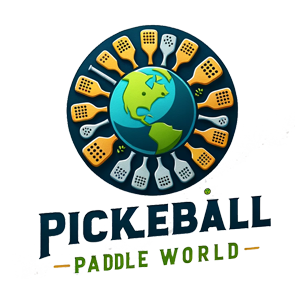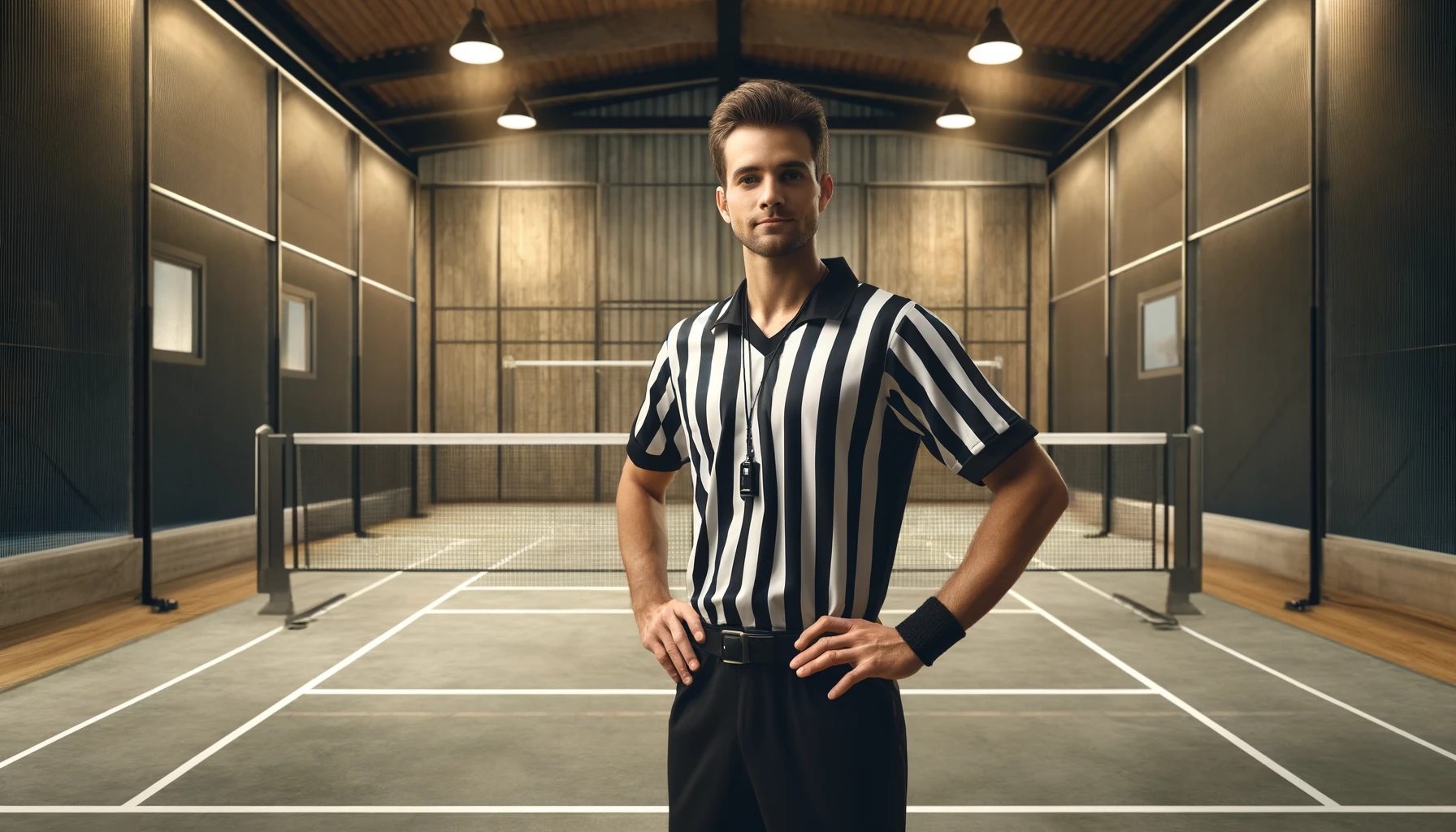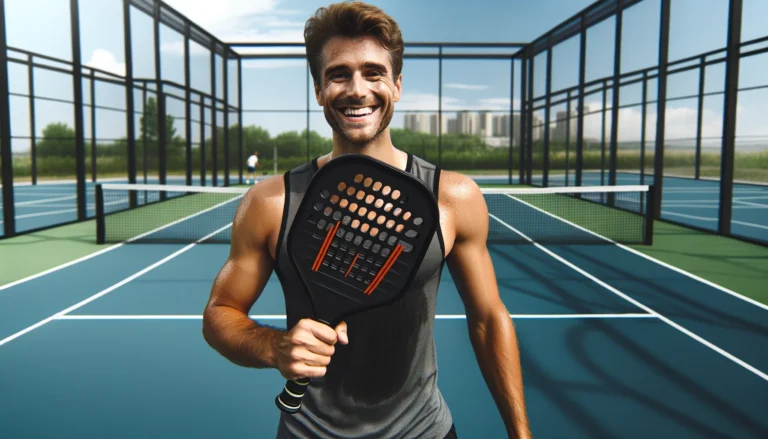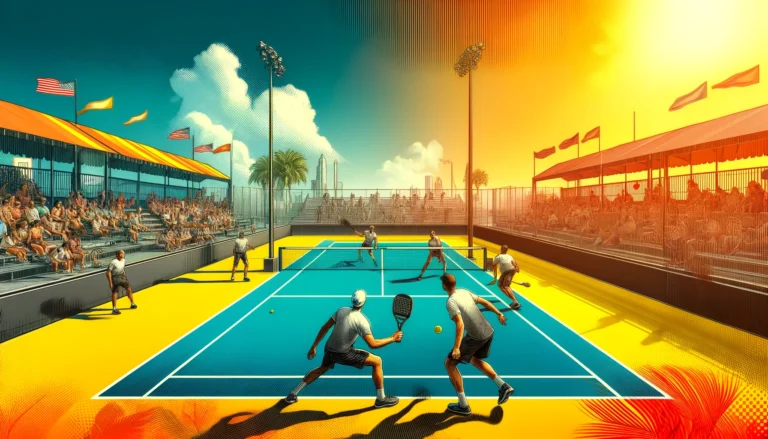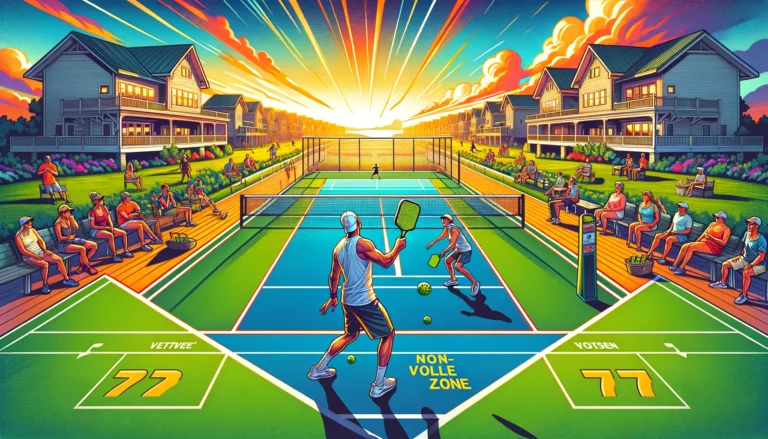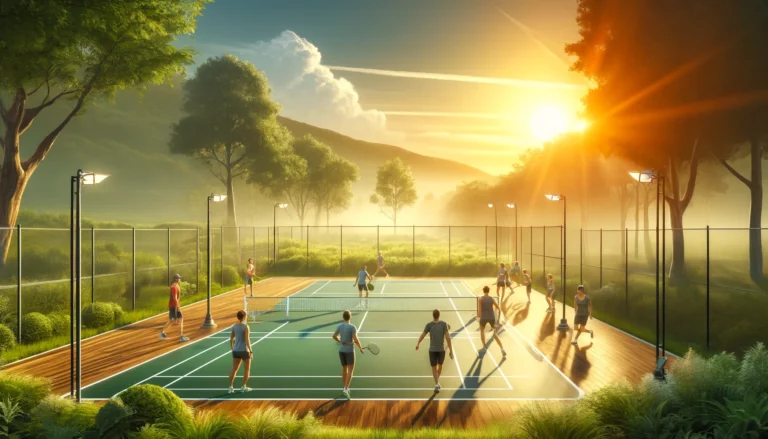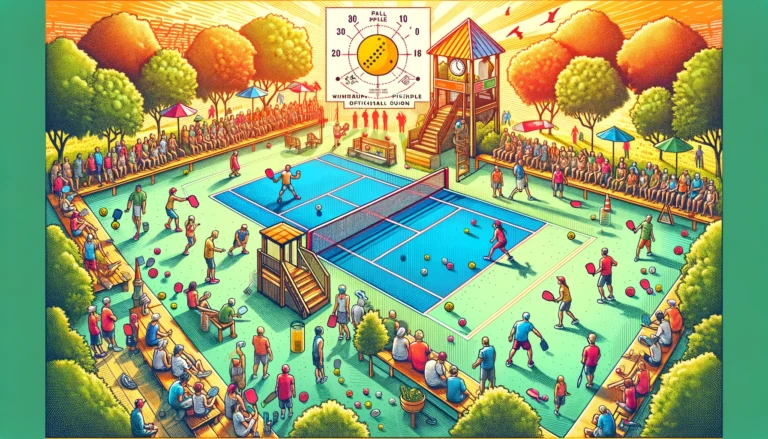Understanding Pickleball Rules: A Beginner’s Guide
Pickleball Rules
Pickleball has captivated sports enthusiasts around the world, blending elements of tennis, badminton, and table tennis into a unique game. As a sport easy to learn but challenging to master, understanding the rules of pickleball is crucial for anyone looking to participate. This comprehensive guide will delve into the essential rules of pickleball, ensuring that beginners and seasoned players alike can enjoy the strategic and social aspects of the game.
Introduction to Pickleball
Pickleball is played on a court that resembles a badminton court in size and layout but uses a net similar to tennis, albeit slightly lower. The game is played with a paddle and a plastic ball with holes, designed for indoor or outdoor play. It can be played in singles or doubles formats, making it a versatile sport for players of all ages and skill levels. The main goal in pickleball is to score points by successfully landing the ball in the opponent’s court area without a return.
The Court and Equipment
Understanding the Court Layout
The pickleball court measures 20 feet by 44 feet, divided into two sides by a net that stands 36 inches high at the sidelines and 34 inches high at the center. The court is marked with lines that denote the non-volley zone, also referred to as “the kitchen,” service areas, and baselines, which are crucial for fair play and scoring.
Essential Equipment
To play pickleball, each player needs a solid paddle, which is smaller than a tennis racquet but larger than a ping-pong paddle. The ball used in pickleball is unique, resembling a wiffle ball, but slightly harder. This equipment is designed to facilitate easy handling and strategic gameplay, accommodating players of various physical capabilities.
Basic Rules of Pickleball
The Serve
In pickleball, the serve must be executed underhand, with the paddle contacting the ball below the waist level. The serve is initiated from behind the baseline and must land diagonally in the opposite service court. Importantly, the serve cannot land in the non-volley zone.
The Two-Bounce Rule
After the serve, the ball must bounce once before being returned, and must again bounce once upon return before volleys are allowed. This rule, known as the two-bounce rule, ensures extended rallies and strategic positioning, essential for the tactical depth of pickleball.
Scoring
Scoring in pickleball follows a simple format where only the serving team can score points. Games are typically played to 11, 15, or 21 points, with the winning team needing to lead by at least two points. Understanding the scoring system is essential for players to strategize their plays and serves effectively.
Advanced Rules and Techniques
Non-Volley Zone Rules
The non-volley zone, or “the kitchen,” is a seven-foot area on either side of the net. Players are prohibited from volleying the ball (hitting it before it bounces) while standing in this zone. This rule encourages longer rallies and strategic placement of shots, which are pivotal for competitive play.
Faults
Faults in pickleball include hitting the ball out of bounds, not clearing the net, volleying in the non-volley zone, and serving out of turn. Recognizing and avoiding faults is crucial as they directly impact the game’s outcome by awarding points to the opponent.
Strategies for Competitive Play
Experienced players often employ strategies such as dinking, lobbing, and powerful drives to outplay opponents. Mastering these techniques can significantly enhance a player’s game and competitiveness.
Conclusion
Pickleball rules might initially seem intricate, but they foster a game that is accessible, engaging, and enjoyable. As players learn and adhere to these rules, they can experience both the joy of casual play and the thrill of competition. Whether you’re a novice picking up a paddle for the first time or a seasoned athlete aiming to sharpen your skills, pickleball offers a unique blend of physical exercise and strategic depth. Get on the court, apply these rules, and enjoy the vibrant and growing community of pickleball players around the globe.
